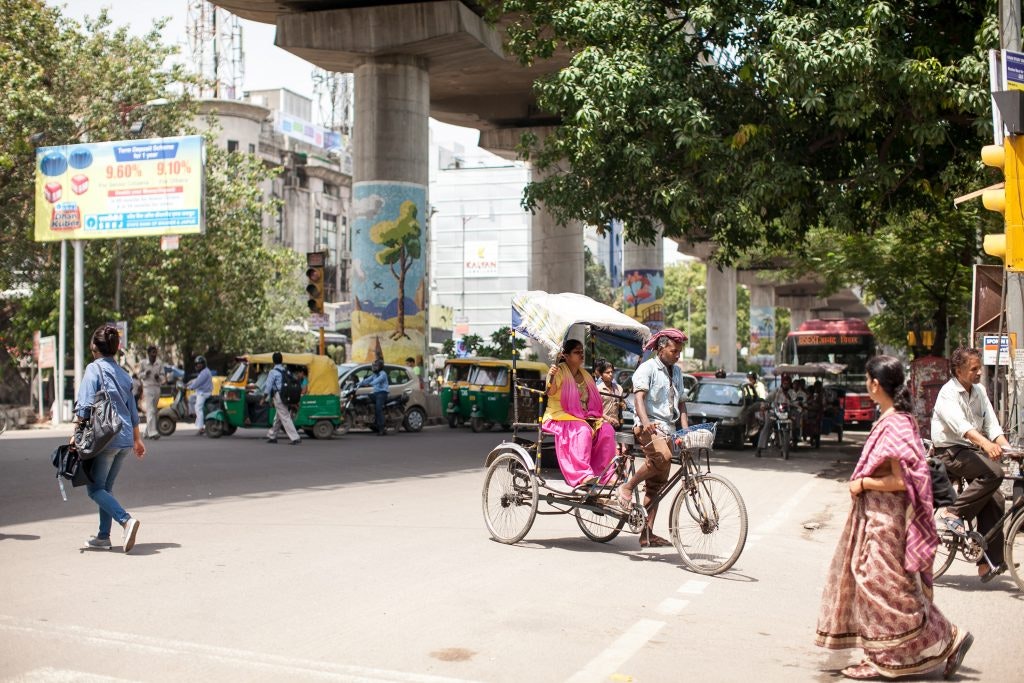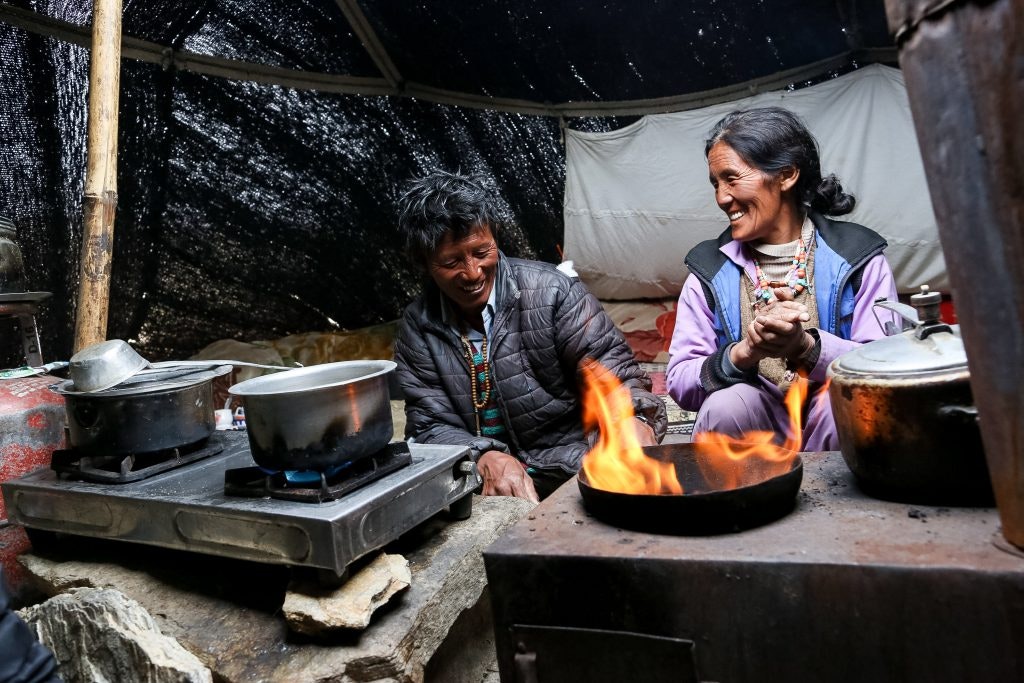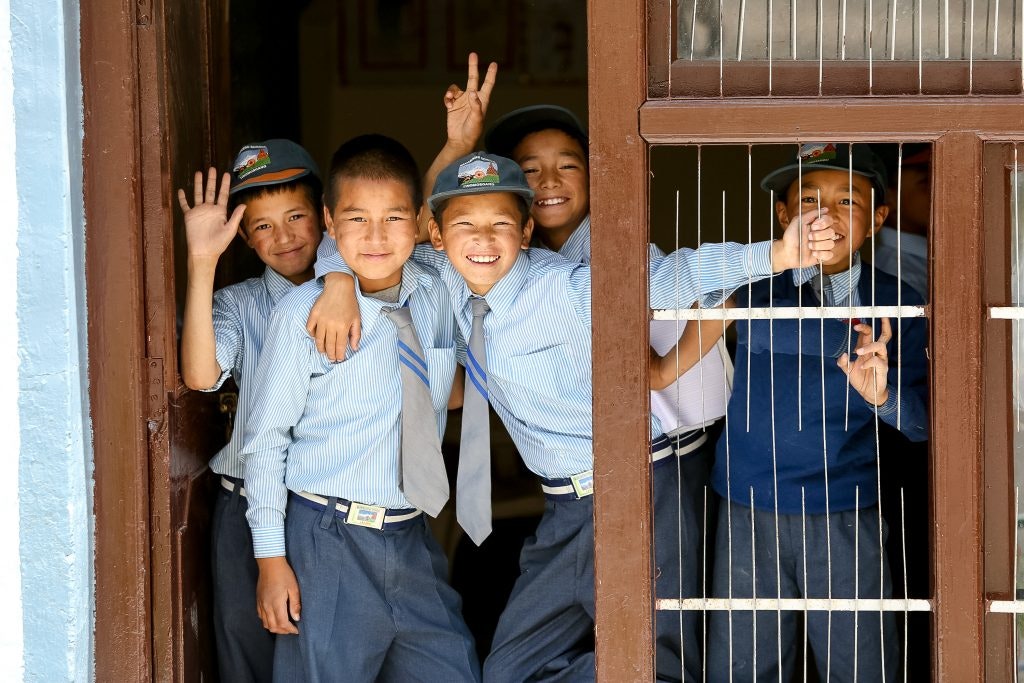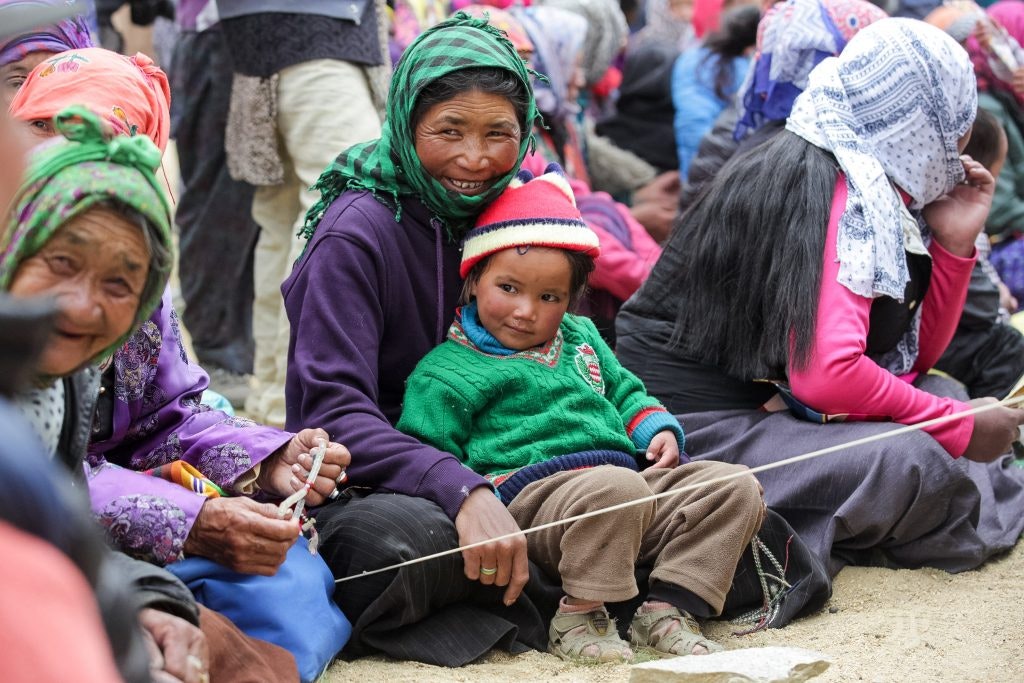







Before I visited India for the first time, I pictured nonstop crowds, bright colors, traditional clothing, loud music, and over-the-top Bollywood films. I’d heard stories about how overwhelming it could be, especially for Americans, and I was honestly nervous.
Now, after spending two months in the country, I can say that culture shock is real — but so is the wonder. While some moments were difficult to navigate at first, many have stayed with me in beautiful, unexpected ways. Here’s what it felt like to experience India for the very first time.

As a first-timer, my initial trip to incredible India was a cultural whirlwind. From the moment I arrived, I was immersed in a world of contrasts that challenged my expectations and reshaped my perspective on this wonderful nation.
Upon my arrival in New Delhi, I experienced a sensory overload.
Indian cities are well-known for their traffic filled, chaotic streets. Most roads are perpetually crowded by cars, tuk-tuks (small auto rickshaws), bicycles, pedestrians, horse-drawn carts, dogs and in some places, a cow, camel, or elephant crossing oncoming traffic.
Traffic signals are becoming more common in India, but intersections can be a first-come first-served affair. You won’t want to drive in India—but your taxi driver here will know what they are doing, and after some time in the country, you understand who is honking at who and why.
As a general rule, keep your wits about you as a pedestrian and you’ll be fine. Everyone just wants to get to their destination

One of the most heartwarming aspects of Indian culture is its hospitality. Most Indians treat guests with reverence, often saying, “Atithi Devo Bhava” (The guest is God). When visiting someone’s home, expect to be showered with food and care.
As a visitor, wearing clothes that cover your shoulders and knees and removing shoes at the door are signs of respect.
Conversations often delve into personal topics, like your family or relationship status. While this can feel intrusive, it comes from a place of genuine care. If you have no significant other, someone may even offer to find one for you.
Local customs can be confusing as they emphasize politeness, even in declining offers. While the sentiment is wonderful, it can lead to confusion as some people may answer “yes” out of politeness when they really mean “no, I’d prefer not.”

As a foreigner, you may get a lot of attention from strangers in places where there are few non-Indians. First time visitors may feel overwhelmed by the stares and requests for selfies in these situations.
The concept of personal space is different in India than it is the U.S., so the closeness of others can at times feel somewhat overwhelming At tourist destinations, such as markets, be ready for enthusiastic vendors.

One of the harder aspects of travel in India is witnessing extreme poverty. Child beggars and makeshift homes are not uncommon sights. Balancing empathy with practicality is a challenge many travelers face.
However, organizations offering education and support to underprivileged children are a beacon of hope.

Indian food is of course a delicious and important part of your trip when you visit India and you can be overwhelmed with choice. Indian cuisine is diverse and flavorful. Meals often include rice, bread, lentils, and spiced curries.
Most meals come with generous portions, so pace yourself and enjoy the culinary journey. Food can also vary greatly by region. For example, street food like momos (dumplings) are sold widely the closer you get to Tibet.
Some foods can be too spicy for the uninitiated. Make sure to carry plenty of bottled water.
Exploring India by public transport is an adventure in itself. Train travel, especially in chair cars or sleeper coaches, offers a glimpse into everyday life. Booking train tickets at a ticket counter can be an experience, often involving long lines and patient negotiation.
In places like North India, the landscape changes dramatically. A ride through northern India might take you from bustling cities to serene, mountainous regions.
India’s spiritual diversity is vast and visiting religious sites like the Golden Temple in Amritsar, also known as Sri Harmandir Sahib, can be a profound experience. The sense of peace and community is palpable. The Taj Mahal, a UNESCO World Heritage Site, is another must-see, symbolizing eternal love.
Many holy places welcome visitors regardless of their faith, emphasizing the country’s inclusive ethos.
Traveling from North India to Southern India feels like visiting different countries. Southern India is known for its tropical climate. Each state offers distinct incredible sights and flavors. Exploring places like the Amber Fort in Rajasthan or coastal Kerala are a fantastic way to experience India’s diversity.

For first-time travelers, planning is key. A small group tour or a reputable tour company can ease the logistics. Staying connected with a local SIM card helps, and having travel insurance is a good safety net. Avoid the monsoon season if you prefer dry weather. Common sense and a flexible attitude will take you far.
India is not just a destination—it’s an experience. The culture shock might be jarring, but it’s also a gateway to personal growth. From bustling streets to serene temples, every moment offers you a chance to learn and appreciate. Embrace the surprises, enjoy the incredible sights, and let India’s charm win you over.
Your first trip may be challenging, but it will undoubtedly be totally worth it.
Read more: Frequently Asked Questions about India